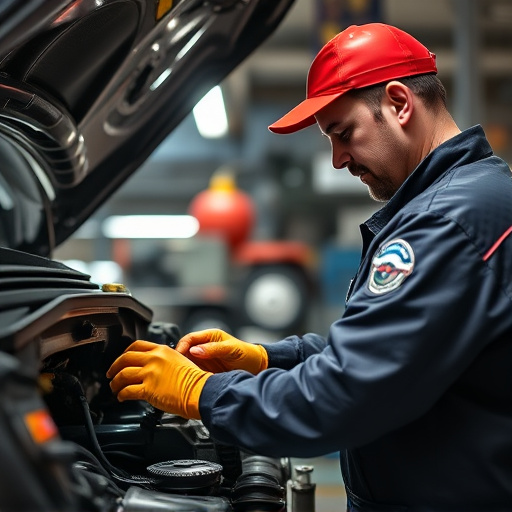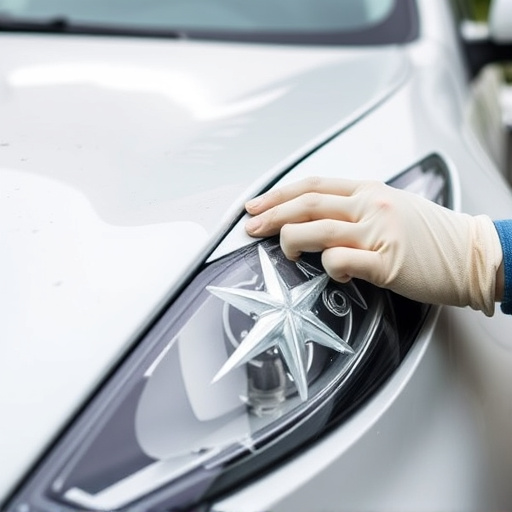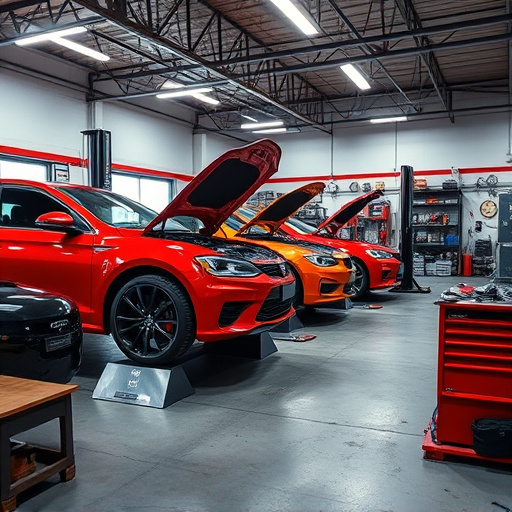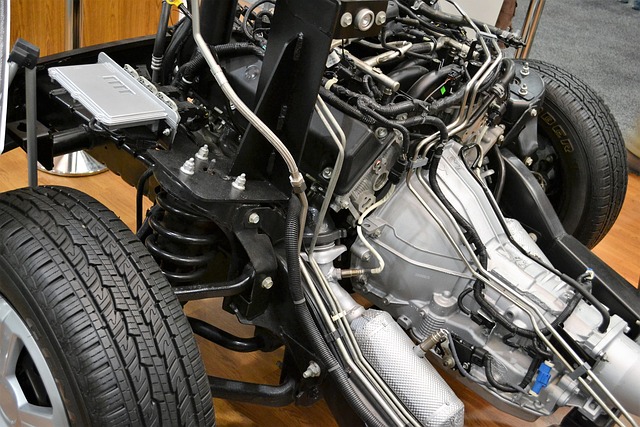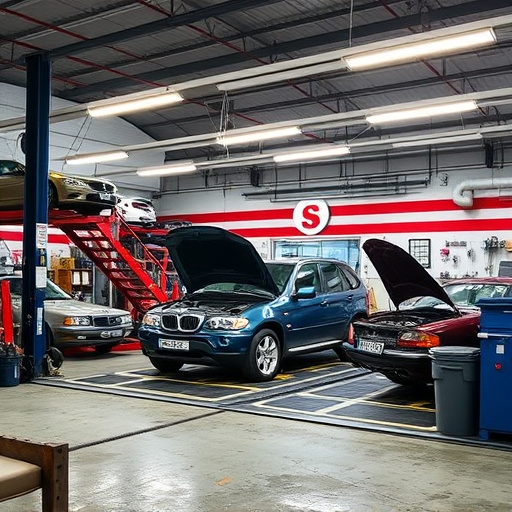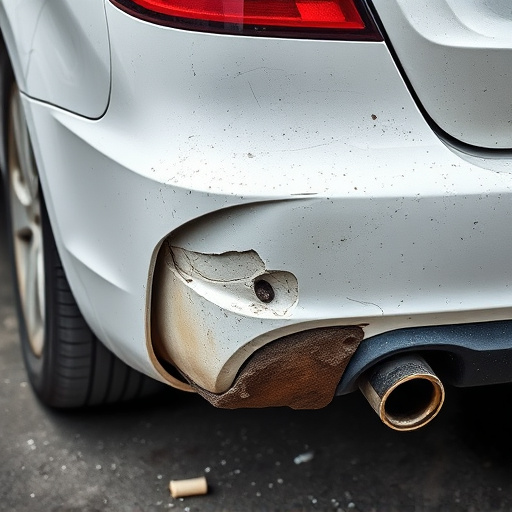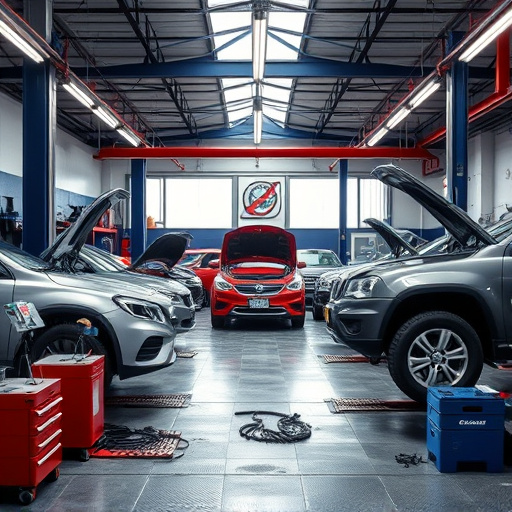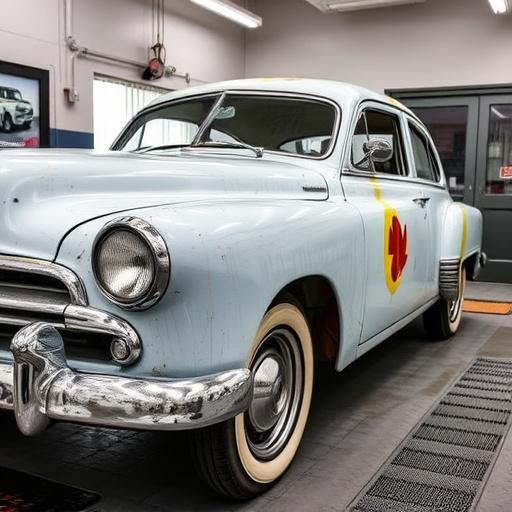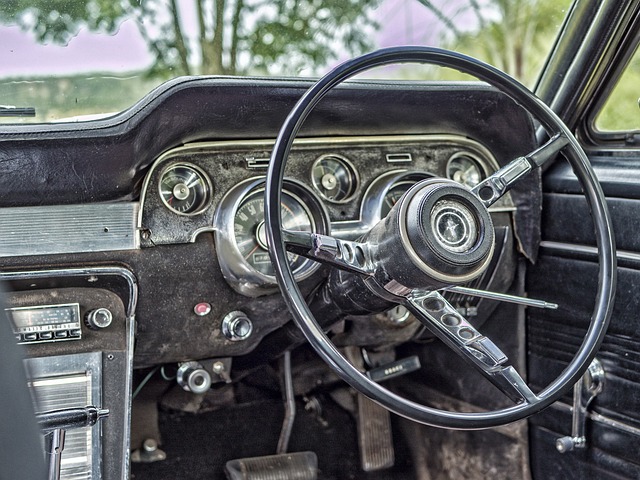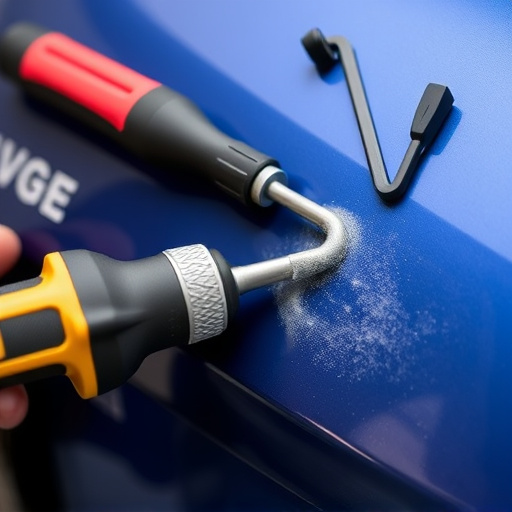The three-stage paint system is a meticulous auto body service and vehicle restoration process comprising preparation, primer application, and topcoat finishing. It enhances aesthetics and durability, transforming ordinary repairs into exceptional restorations. Skilled technicians require training in surface prep, color coating, and safety protocols to master this system, ensuring professional finishes that meet industry standards.
Looking to master the application of a three-stage paint system? This comprehensive guide is your roadmap. We’ll walk you through the intricate process, breaking down each stage into essential training topics. From understanding the system’s unique benefits to acquiring practical skills and safety measures, you’ll gain the knowledge needed for efficient, high-quality results. Get ready to transform surfaces with a professional-grade three-stage paint system.
- Understanding the Three-Stage Paint System Process
- Essential Training Topics for Each Application Stage
- Practical Skills and Safety Measures for Efficient Painting
Understanding the Three-Stage Paint System Process

The three-stage paint system is a meticulous process designed to achieve superior coating results in auto body services and vehicle restoration. It involves three distinct phases: preparation, primer application, and topcoat finishing. Each stage is crucial for ensuring the longevity and quality of the final finish on car damage repair projects.
Understanding this system allows technicians to prepare surfaces accurately, prime them for optimal bonding, and apply topcoats evenly. This meticulous approach not only enhances aesthetics but also guarantees durability against elements like UV rays and weather conditions. It’s a game-changer in the industry, transforming ordinary auto body services into exceptional vehicle restoration experiences.
Essential Training Topics for Each Application Stage

When preparing for the application of a three-stage paint system, whether in an auto collision center or automotive body shop, training should cover several crucial areas to ensure optimal results. The first stage, surface preparation, demands knowledge about various techniques like sanding, priming, and degreasing. Technicians must be adept at selecting the right tools and materials to achieve a smooth base for subsequent layers.
The second stage, color coating, requires an in-depth understanding of paint composition, mixing ratios, and application methods. Training should include mastering spray gun techniques, ensuring even coverage, and addressing common issues like runs, drips, or orange peel finish. In a collision repair center, proper training on this stage is vital to match the original car’s color accurately and maintain a professional, factory-like finish in the automotive body shop.
Practical Skills and Safety Measures for Efficient Painting

Mastering a three-stage paint system requires a blend of theoretical knowledge and practical skills. For efficient painting, professionals must be adept at preparing vehicle bodywork for coating. This involves meticulous surface cleaning, sanding, and priming to ensure optimal adhesion. Trainees should learn how to use various tools like sandpaper, power drills, and air compressors effectively while adhering to safety protocols.
Safety measures are paramount in the paint booth. Proper ventilation is crucial to prevent the accumulation of volatile organic compounds (VOCs). Workers must wear appropriate personal protective equipment (PPE), including respirators, to shield against harmful fumes. Additionally, understanding the specific requirements for fleet repair services or automotive repair shops ensures compliance with industry standards and regulations, ultimately contributing to high-quality finishes on vehicle bodywork.
Implementing a three-stage paint system requires a comprehensive understanding of each stage’s unique demands. By focusing on essential training topics, practical skills, and safety measures, professionals can efficiently apply this advanced system. This ensures not only high-quality finishes but also consistent performance across various applications, making it a reliable choice for any project.
